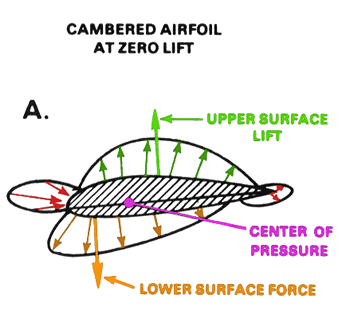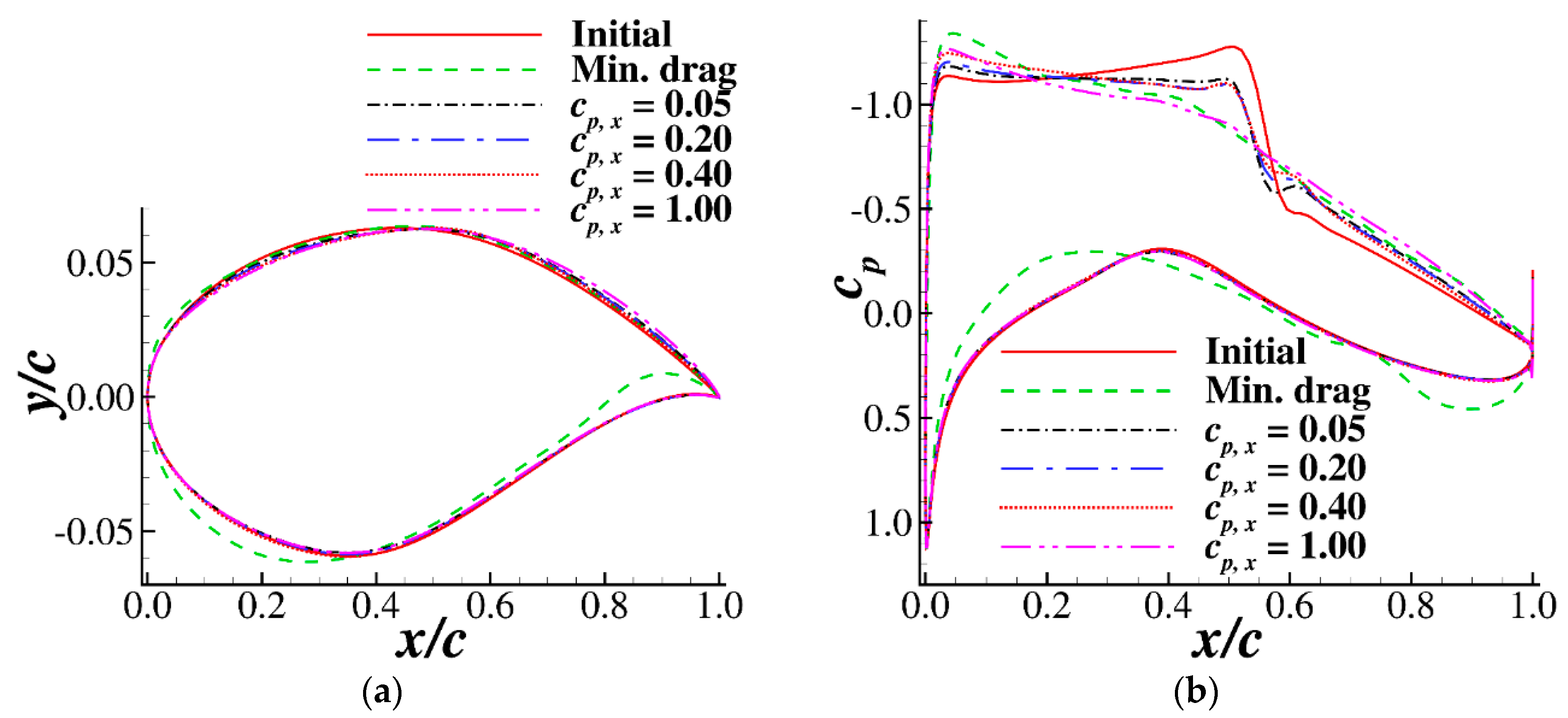

Slender, aerofoil-shaped bodies exposed to the flow have been an object of experimental studies since the beginning of aerodynamic investigations that started more than a hundred years ago.

In the case of drag estimation, an acceptable level of similarity was observed (max. An exceptional agreement between the experimental and reference numerical lift characteristics was attained (relative differences no larger than 5%). Lift and drag coefficient characteristics as a function of the angle of attack were obtained. A flow around the standard NACA0012 aerofoil at two flow regimes was investigated (Re= \(0.7\times 10^5\) and Re= \(1.4\times 10^5\)). The developed method was tested and verified with the reference computational fluid dynamics simulation results and applied further to the wind tunnel experimental data. Additionally, pressure field reconstruction based on velocity data, which enabled an application of small control surfaces and kept the drag estimation error at a satisfactorily low level, was introduced. The momentum deficit, within a given control volume containing the analysed aerofoil, is determined and related to the reaction drag force exerted on the body. In the case of the drag force estimation, an analysis of fluid momentum changes has been used. An essential achievement made is the development of a procedure for finding an optimal size of the integration curve used for lift calculations. It is obtained by integrating the velocity field along a closed-loop encircling the body. Determination of the lift force is based on velocity circulation calculations. Fundamental fluid mechanics theories were employed to develop algorithms for load estimation. Therefore, PIV results provide sufficient input experimental data to be used.

It is shown that the only information needed to estimate the lift and drag forces exerted on a body placed in the flow is a velocity distribution measured around the investigated object. As PIV is an optical measurement technique, the developed method for load determination can be defined as noninvasive. It is based on velocity vector field results obtained with Particle Image Velocimetry (PIV). An experimental method for determination of aerodynamic loads is presented.


 0 kommentar(er)
0 kommentar(er)
